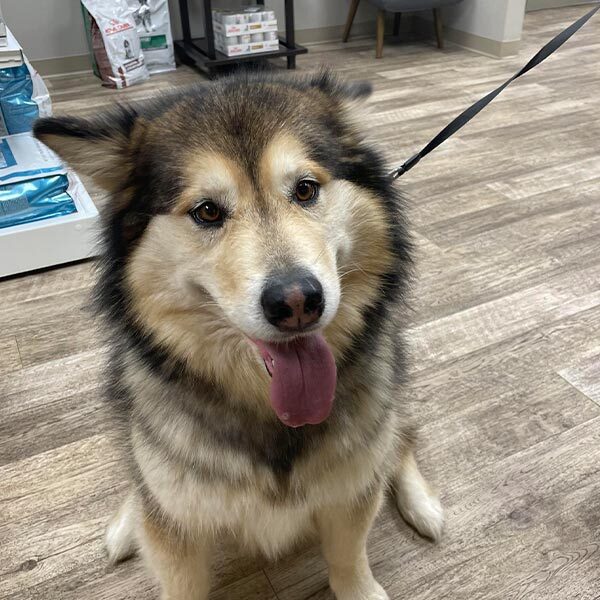Cat & Dog X-Ray, Ultrasound, and Diagnostics in Peoria, IL
At Prairie Animal Hospital, we understand how worrisome it can be when your pet is sick. Our hospital is equipped with advanced diagnostics to help reveal hidden illnesses, infections, parasites, and other health problems affecting your pet. This allows our team to create a more complete picture of your pet’s health, and offer prompt and effective treatment for your pet and peace of mind for you.
If you have concerns about your pet’s health, book an appointment with our knowledgeable team.

Our In-House Laboratory & Testing
Our animal hospital is equipped with an Idexx in-house laboratory to perform any necessary testing and receive timely results when it matters most for your pet. We can perform a variety of tests to assess your pet’s health, and now we can receive accurate results in about 20-30 minutes. This means less time worrying about your pet, and more time spent treating their condition to get them back to their happy and healthy selves.
Our Idexx lab enables us to offer a variety of testing including comprehensive chemistry profile with amylase and lipase, complete blood count, electrolyte panels and more and we can easily share results with you via email in case you’d like a copy for your records.
Ultrasound
Ultrasound is a helpful tool to gather more information about your companion’s health. Cat and dog ultrasound technology uses high-frequency sound waves to create echoes that are turned into a real-time, moving image of your pet’s internal organs, allowing us to assess their function in a safe, non-invasive and painless way. We use ultrasound to evaluate your pet’s abdominal organs, such as the liver, kidneys, spleen, and gallbladder as well as observe a pregnancy if you have chosen to breed your pet.


Digital X-Rays
Radiology, or cat and dog X-rays, is used to check your pet’s bones, gastrointestinal tract , respiratory tract, heart, as well as the genital and urinary organs. This technology provides digital images to our team so we can gain a more in-depth understanding of your pet’s health and enables us to see underlying issues that might otherwise be missed. We use this information to identify or eliminate potential causes of your pet's symptoms. We can then send these images to a specialist to ensure your dog or cat receives the best possible care.
Echocardiography
If we suspect your pet is having heart-related issues, your veterinarian may recommend an echocardiogram (or echo), which is an ultrasound of the heart. An echo provides our team with a real-time assessment of your pet’s heart. To perform an echocardiogram, we will need to shave two small portions of your pet’s hair on their chest, so our ultrasound probe can have direct contact with their skin and provide more accurate results. We use this technology to evaluate various aspects of your pet’s heart from the thickness of the heart’s walls and chambers to the function of the heart valves to ensure blood is flowing properly.

